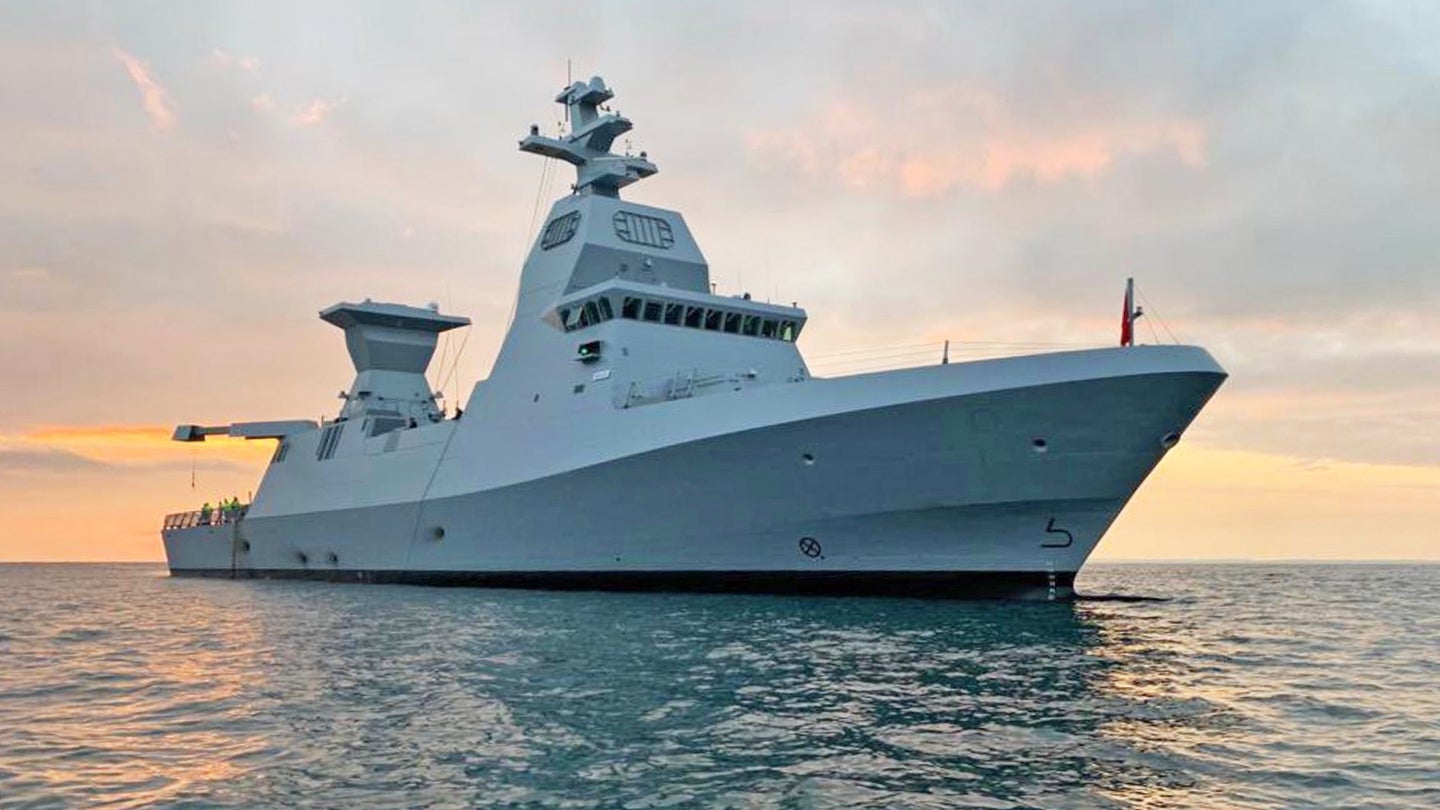The Israeli Navy has officially welcomed to its fleet the first Sa’ar 6 class missile corvette, the INS Magen, which it describes as its “newest and most advanced ship yet.” The warship will provide Israel with a major boost in its ability to project naval power out into the Mediterranean and maybe even beyond.
The flag transfer ceremony on November 11, 2020, took place at Kiel in northern Germany where the first ship was built by ThyssenKrupp Marine Systems over a three-year period. Magen is the first of four in its class being built for the Israeli Navy. The corvette is due to arrive in Israel in December, after a period of training off the German coast.
Israel signed the contract for the four new corvettes in May 2015 and construction is being handled jointly by German Naval Yards Holdings and ThyssenKrupp Marine Systems. Work on the future INS Magen began in February 2018 and the ship was launched 15 months later. An official naming ceremony for INS Magen took place in Kiel in May 2019.
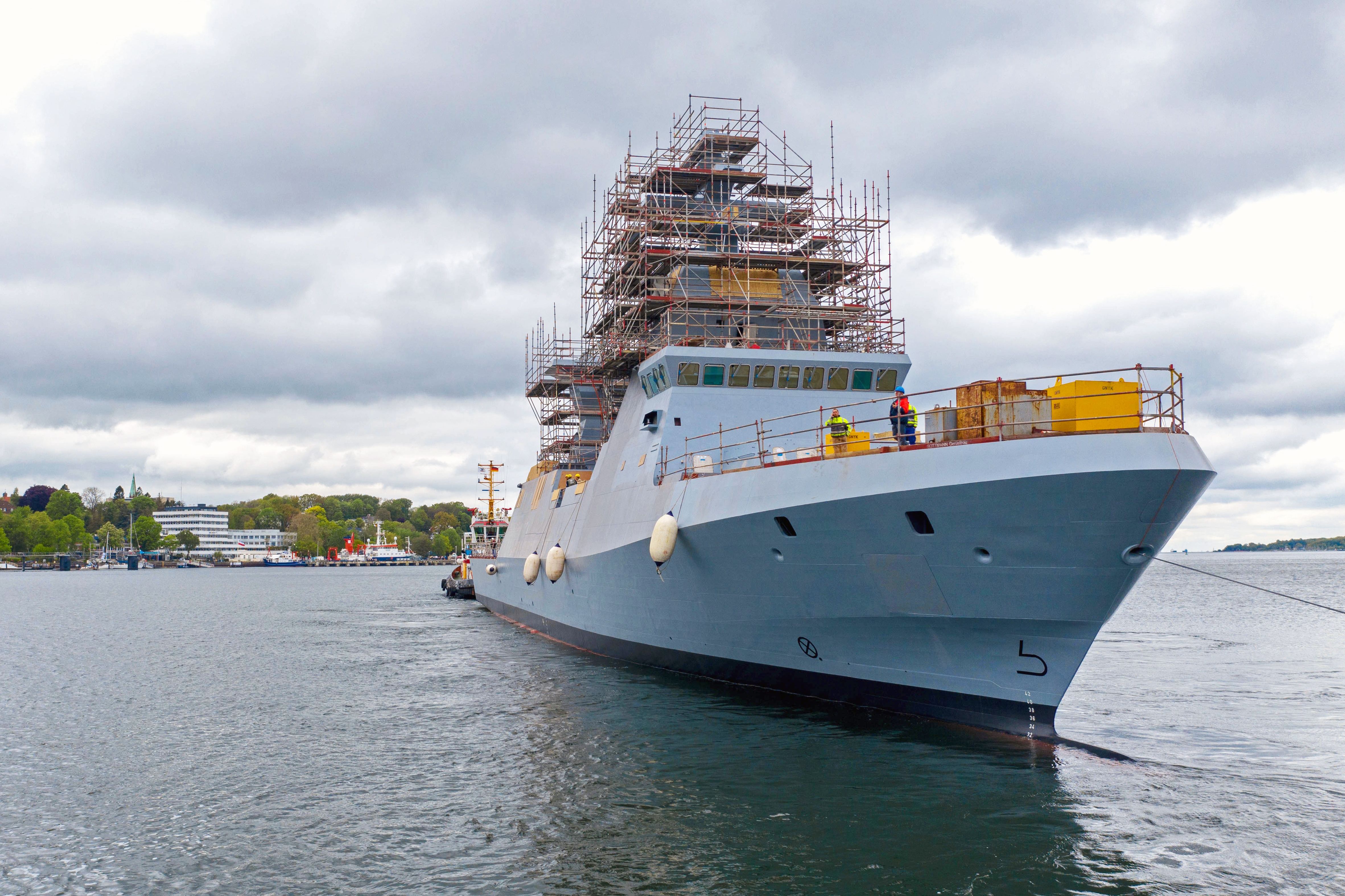
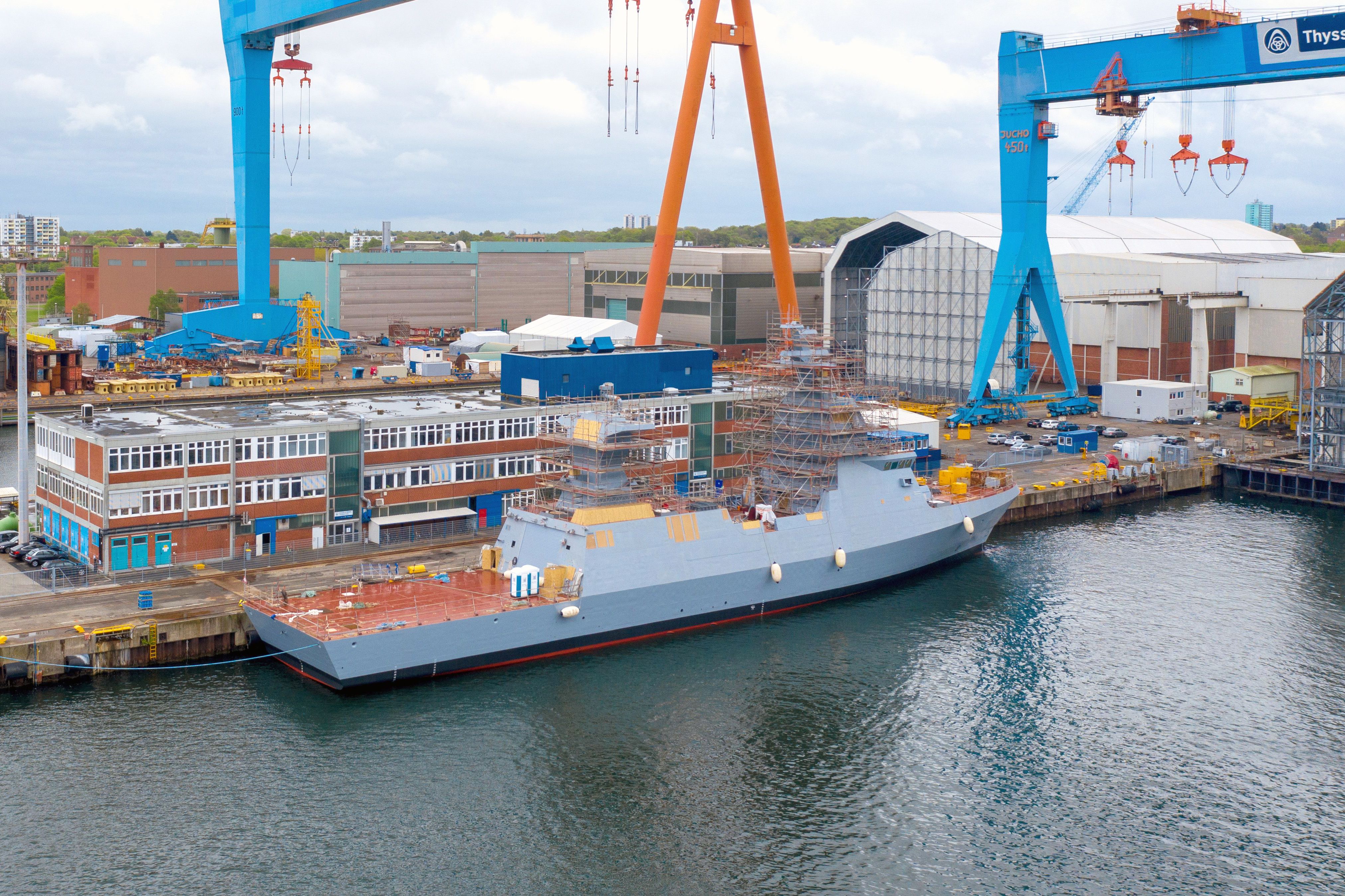
Compared to the Israeli Navy’s Sa’ar 5 class, American-built corvettes acquired in the mid-1990s and previously the largest in the service’s inventory, the Sa’ar 6 ships are considerably bigger. They measure 295 feet long and have a displacement of 1,900 long tons fully loaded, while the Sa’ar 5 is 281 feet long and has a displacement of 1,255 long tons fully loaded.

The Sa’ar 6 warships are derived from the German Navy’s own Braunschweig class corvettes but have substantial differences centered around the integration of weaponry and sensors of Israeli origin.
For a corvette, the Sa’ar 6 is unusually well-armed, with different surface-to-air missiles for area and point defense, anti-ship missiles, guns, and torpedoes. In comparison, the previous Sa’ar 5 class has a single type of surface-to-air missile, two quadruple anti-ship missile launchers, and a Mk 15 Phalanx 20mm close-in weapon system (CIWS).
The Sa’ar 6’s anti-ship missile launchers will be fitted amidships and are expected to be loaded with the Israel Aerospace Industries (IAI) Gabriel V, which has an active radar seeker and is optimized for use in cluttered littoral environments. These missiles are reportedly already in service on the Sa’ar 5 class corvettes and are thought to have a range of up to 248 miles.
In October 2020, Israel’s Ministry of Defense posted a video showing what it said was the test-firing of a new type of anti-ship missile from a Sa’ar 5 corvette. This may well have been an improved Gabriel V, featuring an active radar seeker and a two-way data link. If so, this would be the latest iteration of a family of weapons first used in combat in the 1973 Yom Kippur War.
Two types of air defense weapons are also provided. These are Rafael’s Barak-8 surface-to-air missiles, launched from 32 vertical launch cells on the Sa’ar 6, plus a pair of Rafael C-Dome systems, each armed with 20 Tamir missiles. While the Barak-8 is intended to engage targets out to around 60 miles, including supersonic anti-ship missiles, the C-Dome, a version of the land-based Iron Dome, is designed to intercept and destroy lower-flying aircraft, anti-ship missiles, as well as short-range rockets and artillery shells.

Other armament consists of an Italian-made Oto Melara 76mm main gun, two Rafael Typhoon Weapon Stations with 25mm automatic cannons, and a pair of 324mm tubes for Mk 54 lightweight torpedoes.
Since the vast majority of this weaponry is of indigenous production, it will be added to the INS Magen once it arrives at its homeport of Haifa in Israel.
Electronics, including electronic warfare and cyber systems, will also be primarily of Israeli origin, with Elbit Systems taking responsibility for the electronic warfare suite.
Further protection against missile threats will be provided by Rafael’s C-Gem offboard active decoy. This is launched from the ship before descending under a parachute while using electronic jamming to spoof incoming missiles.

Among confirmed sensors is the EL/M-2248 MF-STAR multifunction active electronically scanned array (AESA) radar developed by IAI’s Elta division and known as “Adir” in Israeli service. The MF-STAR is already in use on the Sa’ar 5 boats, as well as warships of the Indian and South Korean navies. The radar will automatically track and engage the full spectrum of aerial threats, from aircraft to sea-skimming missiles, at ranges up to 124 miles.
Like the Braunschweig class, the Sa’ar 6 vessels incorporate stealthy design features. However, the Israeli media has in the past reported that the original design required modifications to ensure the required low radar signature. This is particularly important in view of the threat from radar-guided anti-ship cruise missiles (ASCMs) launched by Hezbollah, the Lebanon-based militant group. During the 2006 Lebanon War, Hezbollah attacked and damaged an Israeli Sa’ar 5 class corvette using an ASCM.
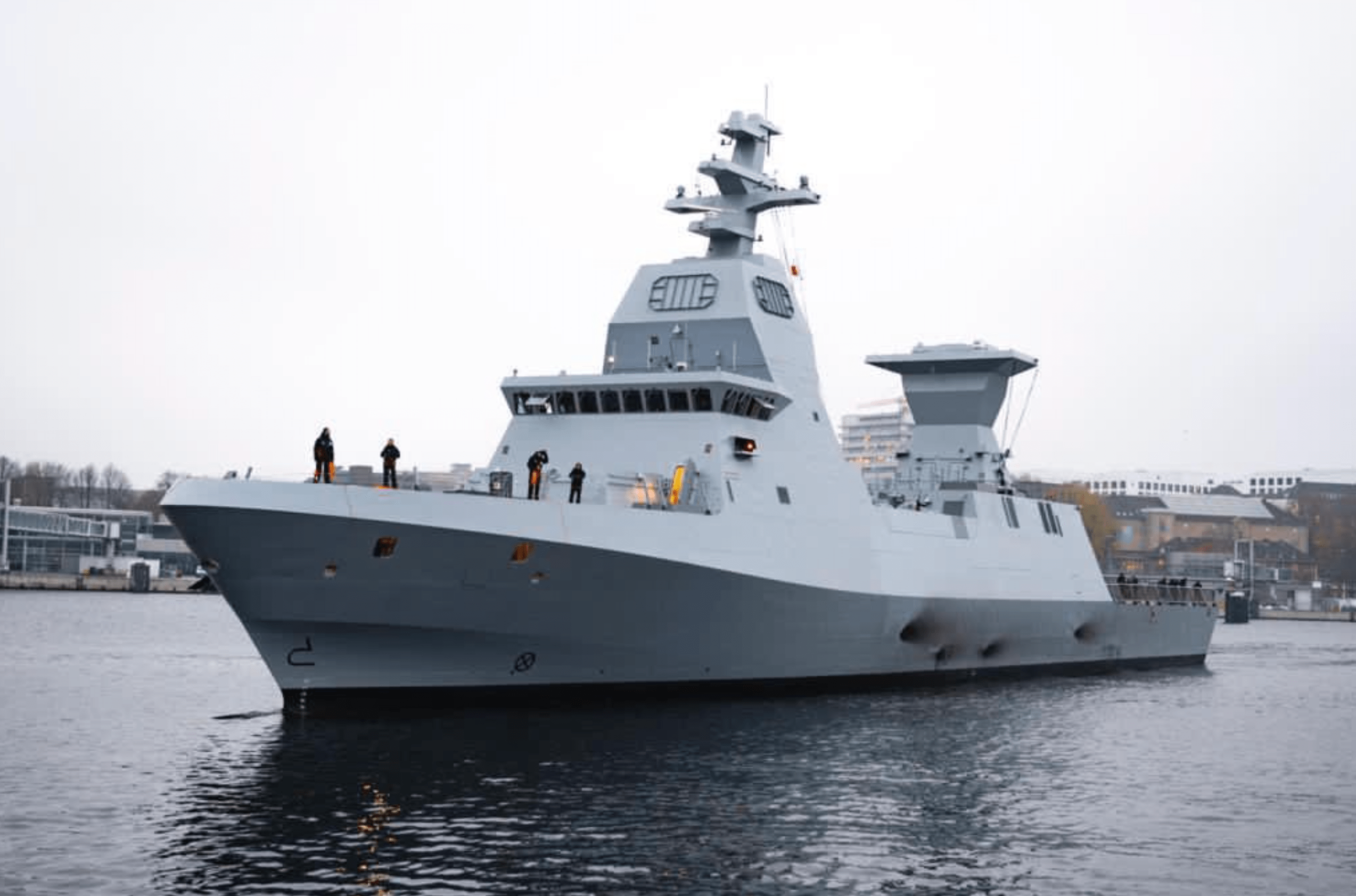
Unlike the Braunschweig class, the Sa’ar 6 also has a hangar that’s large enough for an embarked helicopter, likely the SH-60F Seahawk, eight of which Israel plans to acquire from U.S. Navy stocks. In the meantime, the Israeli Air Force operates five Eurocopter AS565 Panther helicopters, known locally as “Atalef,” which would at least be of a suitable size to operate from these ships.
All in all, the balance of weapons, sensors, and capabilities found in the Sa’ar 6 class seem to have been tailored for what is expected to be its key mission: defending offshore gas platforms within Israel’s exclusive economic zone (EEZ) in the eastern Mediterranean. Today, these gas reserves provide the majority of Israel’s electricity requirements and as such constitute a major strategic asset.
Alongside the threat from Hezbollah, Hamas militants operating in the Gaza Strip have also been expanding their capabilities, improving and building up their rocket and missile arsenals, including weapons that are thought to have enough range to reach gas installations in the EEZ. There is also a growing threat from ASCMs launched by other non-state actors in the wider region, as when the HSV-2 Swift, an ex-U.S. Navy experimental high-speed logistics catamaran being utilized by the UAE government, was struck by a missile launched by Iranian-backed Houthi rebels in 2016.
These kinds of threats demand the multi-tier defense architecture that Israel has introduced on land, and which it is now migrating to the sea, as well, on board the Sa’ar 6 corvettes. Furthermore, Israel Defense Forces officials have confirmed that the warships will also be “plugged in” to a wider land-based air defense network that includes Iron Dome, David’s Sling medium/long-range surface-to-air missile, and other assets.
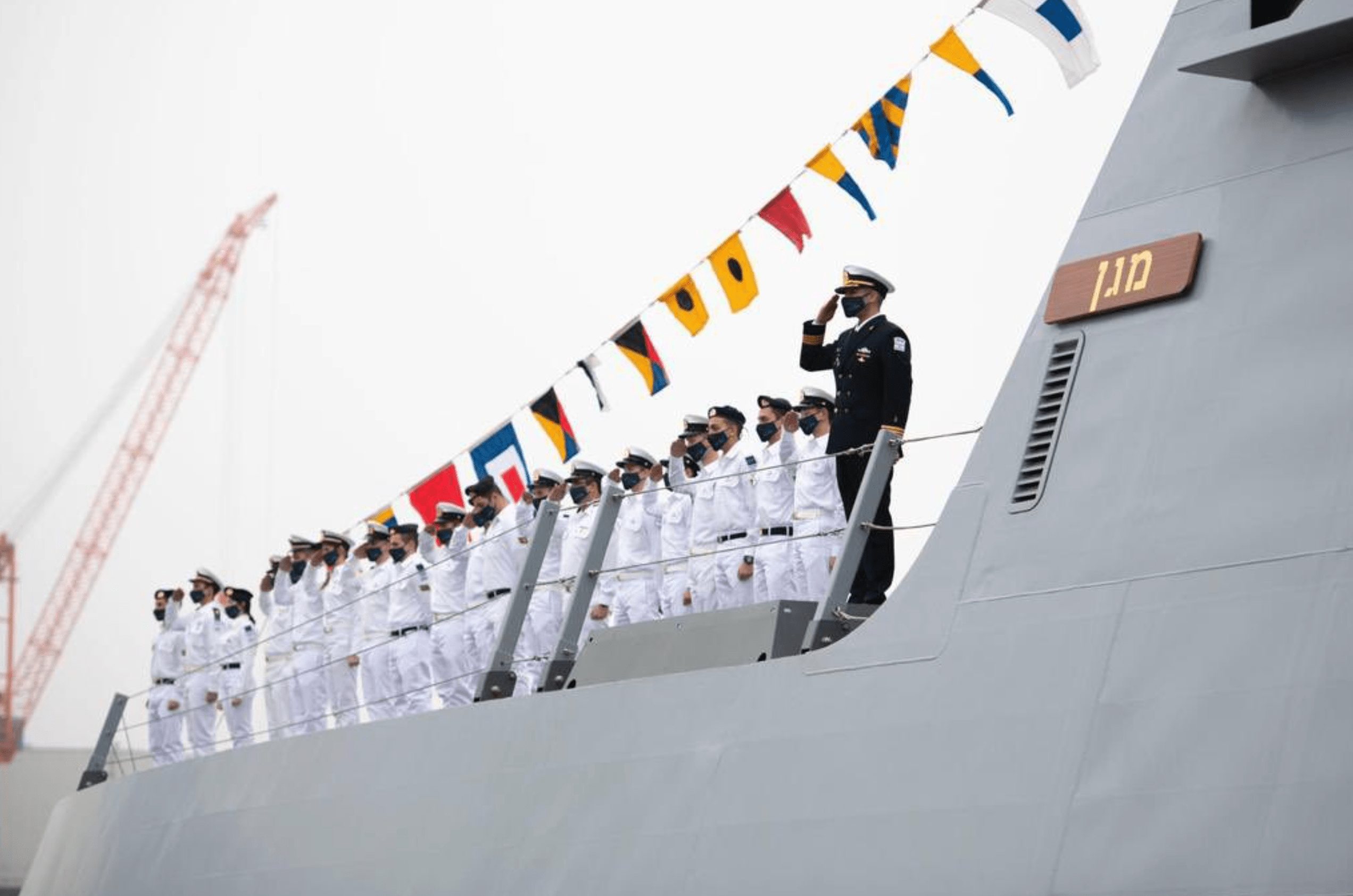
A larger warship, like the Sa’ar 6 design, also offers much greater endurance, with the range and onboard stores required to mount longer patrols securing the EEZ. According to different sources, the Israeli Navy is likely to engage “several” of the new corvettes on EEZ protection duties at any one time, leaving the remaining one or two to conduct other tasks, as well as training, or to undergo maintenance.
As well as defending the EEZ, the Sa’ar 6 corvettes will be expected to protect the flow of imports to Israel, on which the country is heavily reliant. With a range of 2,500 miles and a long loiter time thanks to a combined diesel and diesel (CODAD) propulsion system, they also have the potential to undertake longer-range operations, including interdiction of all types of arms as well as preventing contraband smuggling.
It’s also worth noting that the capabilities inherent in the Sa’ar 6 will also give Israel an additional means of responding to other challenges in the wider Mediterranean, particularly Turkey’s increasingly assertive maritime claims. Israel has joined Greece, Cyprus, and Egypt, among others, in opposing Turkey’s claims and a warship of this type provides Israel with an additional, more capable means of patrolling and enforcing its own maritime claims.
The next deliveries in the Sa’ar 6 program are expected to follow at a rapid tempo, with the next three vessels all due to arrive in Israel in 2021: INS Oz in July, INS Atzmaut in September, and INS Nitzhahon in November.
Clearly, the Sa’ar 6 signifies a major advance for the Israeli Navy as it sets about resetting its core mission in the eastern Mediterranean.
Contact the author: thomas@thedrive.com
